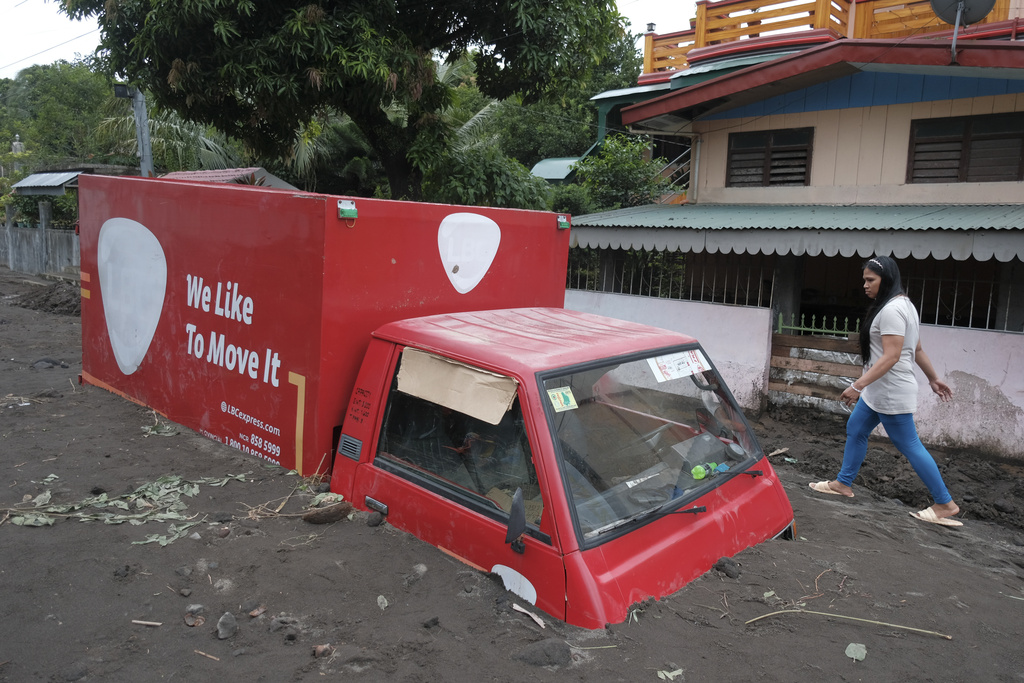Severe Tropical Storm Kristine has caused significant damage in the eastern Philippines, leading to the death of nine people and trapping many residents. Heavy rains, driven by the approaching storm, have resulted in widespread flooding throughout the region. The storm has sparked numerous calls for help from those affected.
Local authorities reported the fatalities as rescue teams continue to work tirelessly to reach those stranded by the rising waters. The flooding has affected multiple communities, with many residents forced to seek refuge on their rooftops to escape the inundation. Emergency services have been inundated with appeals for assistance, as people struggle to cope with the severe conditions.
The flooding has not only claimed lives but has also disrupted the daily lives of countless others. Many roads remain impassable, and power outages have been reported in several areas. The government has deployed rescue teams to the worst-affected regions, focusing on reaching those in dire need. Helicopters and boats are being utilized in the rescue operations to ensure that help reaches those isolated by the floodwaters.
The National Disaster Risk Reduction and Management Council (NDRRMC) has been closely monitoring the situation. They are coordinating efforts with local government units and various agencies to provide relief and support to the communities hit by the storm. The council emphasized the importance of adhering to evacuation orders and safety guidelines to minimize further casualties.
Residents in the affected areas have been advised to remain vigilant as weather forecasts predict continued rainfall. The authorities are urging people to avoid crossing swollen rivers and to wait for official instructions before attempting to return to their homes.
Emergency shelters have been set up to accommodate those displaced by the flooding. The government is ensuring that these shelters are stocked with essential supplies, such as food and clean water. Medical teams are also on standby to provide necessary care to those in need.
The economic impact of the storm is expected to be significant, with agriculture and infrastructure suffering substantial damage. Many farmers have reported their crops being destroyed, and businesses in the area are grappling with the aftermath of the disaster. Authorities are assessing the extent of the damage and developing strategies to support recovery and rehabilitation efforts.
The storm has also highlighted the challenges faced by the country in dealing with natural disasters. The Philippines is prone to typhoons and heavy rains, and efforts are ongoing to improve infrastructure and emergency response systems.
Experts are calling for increased investment in disaster preparedness and climate change adaptation to better equip communities in facing future events. They stress the importance of building resilient infrastructure and enhancing early warning systems to save lives and reduce economic losses.

